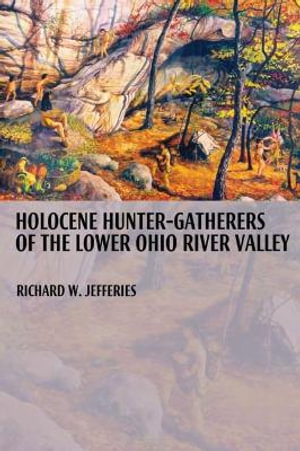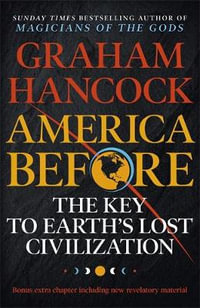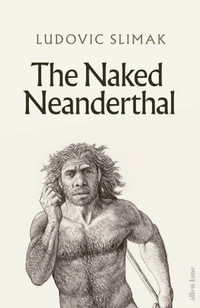
Holocene Hunter-gatherers of the Lower Ohio River Valley
Paperback | 30 May 2009
At a Glance
Paperback
$103.50
Aims to ship in 15 to 25 business days
When will this arrive by?
Enter delivery postcode to estimate
Industry Reviews
--CHOICE
"A wonderful synthesis, well-written--a real pleasure to read. It incorporates the latest research, including published sources, gray literature, conference papers, and internet sources. The complete mastery of the data is a tribute to Dr. Jefferies' years of work in the region."--Marvin T. Smith, Valdosta State University
ISBN: 9780817355418
ISBN-10: 0817355413
Published: 30th May 2009
Format: Paperback
Language: English
Number of Pages: 416
Audience: Professional and Scholarly
Publisher: The University of Alabama Press
Country of Publication: US
Dimensions (cm): 23.1 x 15.4 x 2.7
Weight (kg): 0.62
Shipping
| Standard Shipping | Express Shipping | |
|---|---|---|
| Metro postcodes: | $9.99 | $14.95 |
| Regional postcodes: | $9.99 | $14.95 |
| Rural postcodes: | $9.99 | $14.95 |
How to return your order
At Booktopia, we offer hassle-free returns in accordance with our returns policy. If you wish to return an item, please get in touch with Booktopia Customer Care.
Additional postage charges may be applicable.
Defective items
If there is a problem with any of the items received for your order then the Booktopia Customer Care team is ready to assist you.
For more info please visit our Help Centre.
You Can Find This Book In
This product is categorised by
- Non-FictionHistorySpecific Events & Topics in HistorySocial & Cultural History
- Non-FictionEarth Sciences, Geography, Environment, PlanningGeographyHuman Geography
- Non-FictionEarth Sciences, Geography, Environment, PlanningThe EnvironmentSocial Impact of Environmental Issues
- Non-FictionSports & RecreationTarget & Hunting SportsHunting or Shooting Animals & Game
- Non-FictionNature & The Natural World
- Non-FictionSociety & CultureSocial GroupsEthnic StudiesIndigenous Peoples
- Non-FictionEarth Sciences, Geography, Environment, PlanningEarth SciencesPalaeontology
- Non-FictionArchaeologyArchaeology by Period & RegionPrehistoric Archaeology
- Non-FictionArts & EntertainmentArchitecture
- Non-FictionHistoryRegional & National HistoryHistory of the Americas
- Non-FictionSociology & AnthropologyAnthropologyPhysical Anthropology
























